Critical Race Theory in the Crossroads of America - 2021
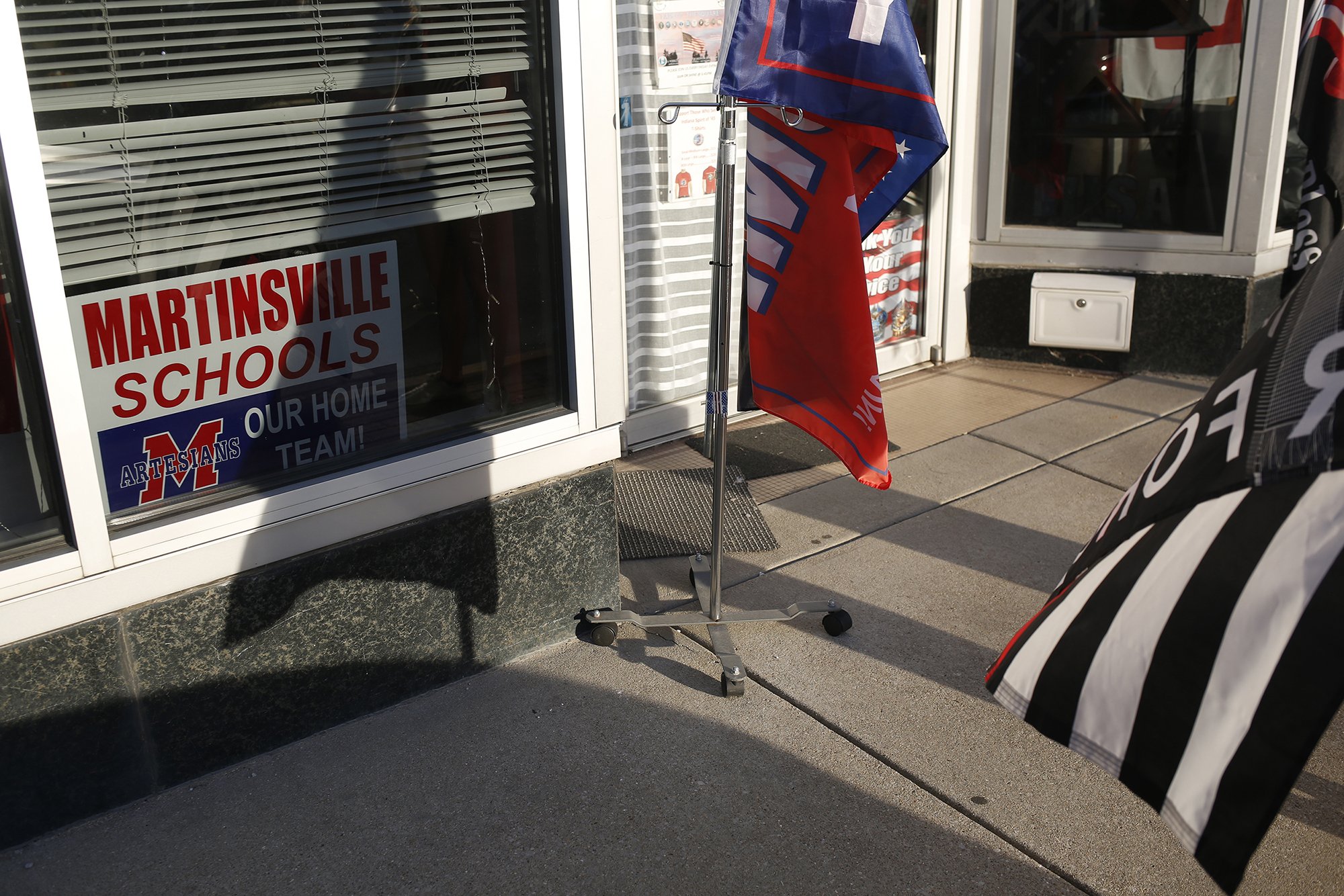
A Martinsville Schools sign hangs in the window of the USA American Heroes Gift and Flag Shop on the courthouse square in downtown Martinsville on October 1, 2021. As in many cities and towns across America, Critical Race Theory is a matter of debate and concern in Martinsville, Ind., population around 12,000. Suzie Lipps, assistant to the schools superintendent, said the schools are the heart of their community. Shelley Campbell, one of the founding members of the Martinsville Community Resource Group, says schools were set up to serve their local communities and that the curriculum should reflect the conservative values held by the city’s majority.

Cameron Gee dances to "Cell Block Tango" from the Broadway musical "Chicago" in his living room an hour before call time for the Martinsville High School production of “Anything Goes,” in which he is performing. Cameron, whose family has been in the Martinsville area for three generations, is involved not only in the school’s theater club, but in cross country and the Gay Straight Alliance as well. He says that because he is so involved in the school, community members will ask him: are they teaching Critical Race Theory? “We’re really not,” he says. "We’re just simple people trying to get a basic education.”
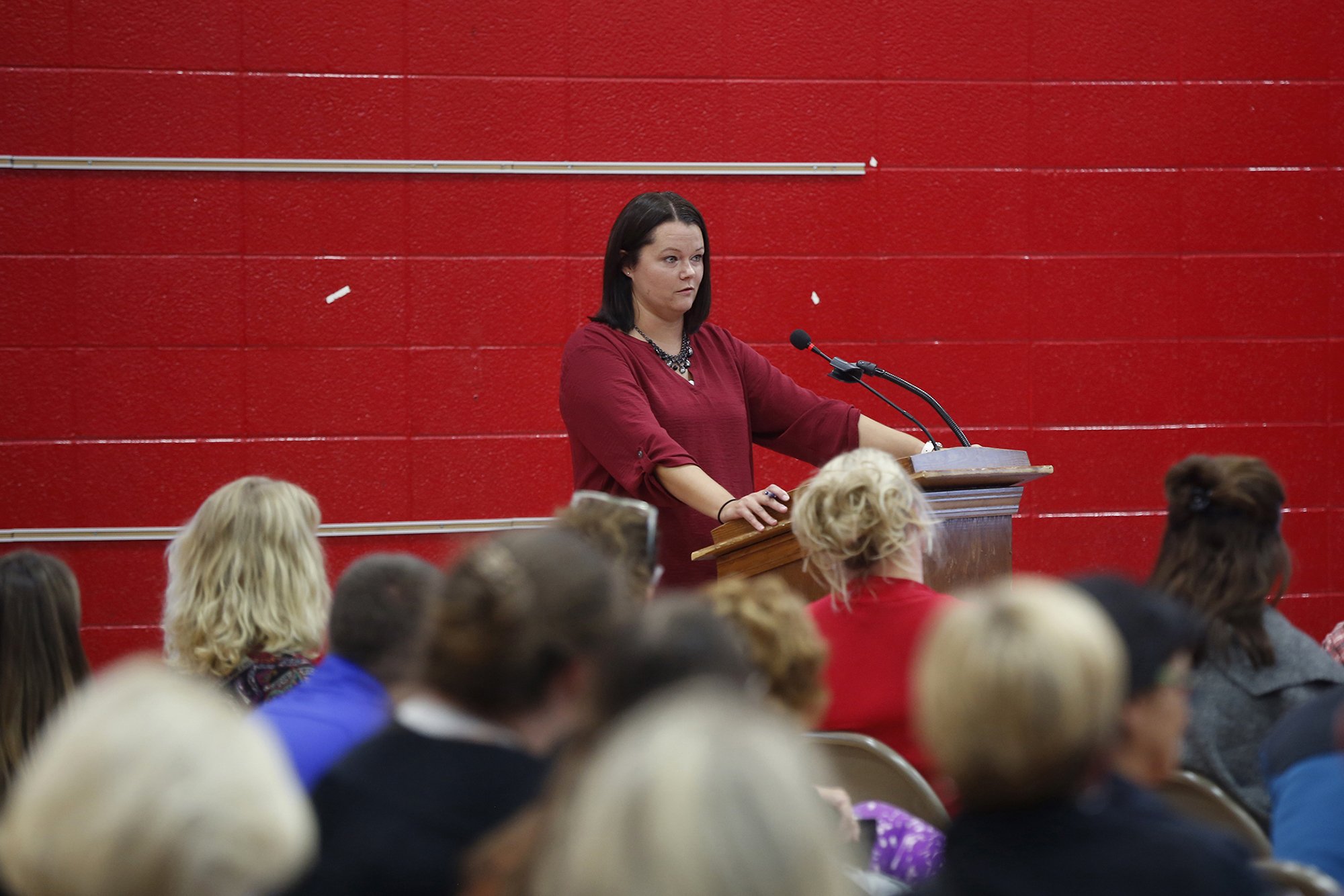
Monica Hutton is the mother of two boys in the Metropolitan School District of Martinsville (MSD). She had never been to a school board meeting before this August, when she decided to speak up about what she saw as emotionally manipulative and politically biased assignments in her son’s 9th grade English class. Shortly thereafter, she connected with other parents and citizens with similar concerns who called themselves the Martinsville Community Resource Group (MCRG).
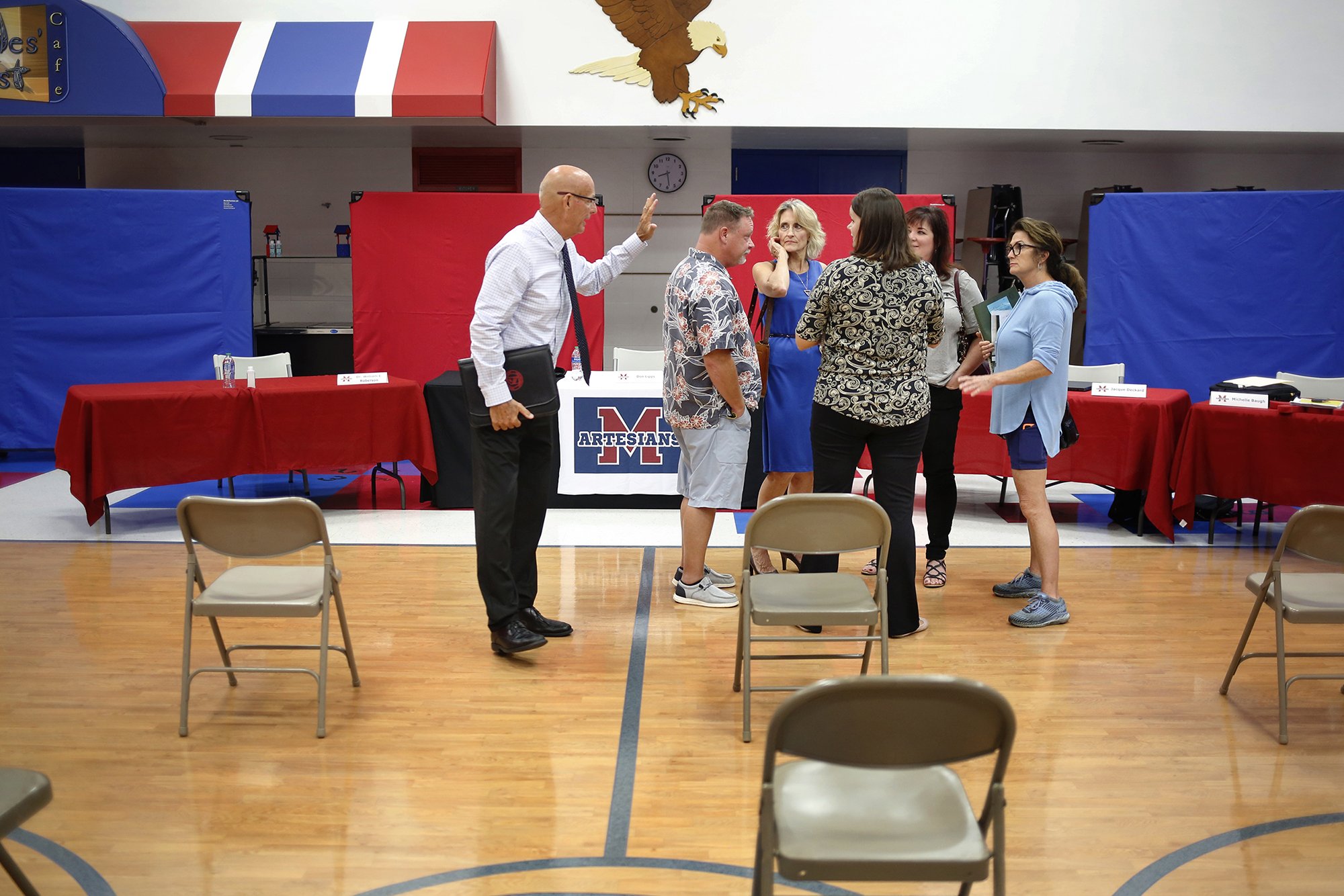
MSD School Board President Don Lipps, left, greets members of the MCRG, including Monica Hutton, center, and Shelley Campbell, right, after a school board meeting. During the meeting, Lipps’ wife and Assistant to the Superintendent, Suzie Lipps, responded to pressure from the MCRG with a statement that read: “The MSD does not support explicit or implicit teachings that could be construed as CTR,” referring to Critical Race Theory, or CRT, and said that she was working with parents and community members to address concerns and offer alternative curriculum.
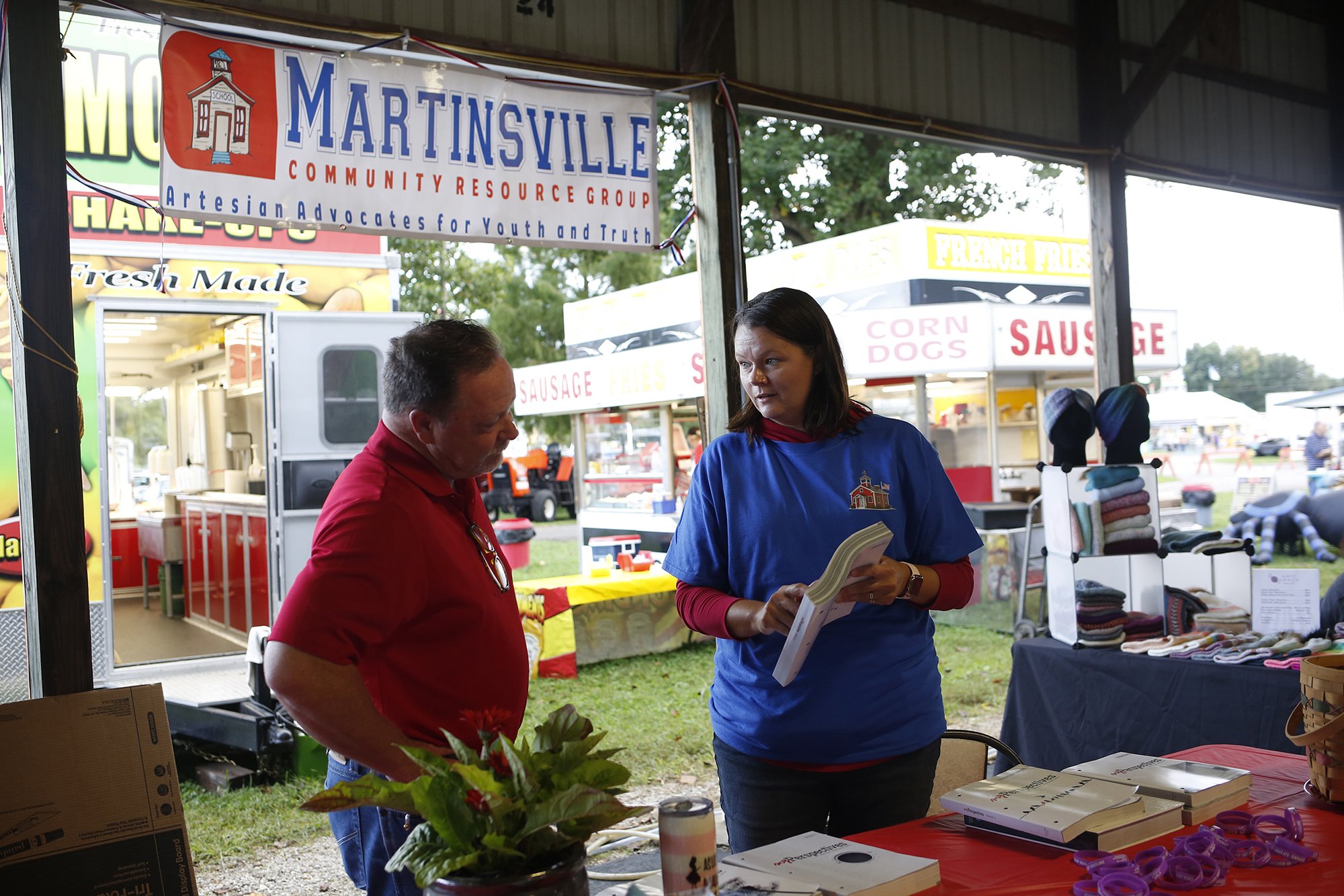
Monica Hutton and other members of the MCRG set up a table at the town’s annual Fall Foliage Festival, to spread the word about what they were doing and talk to parents about their concerns. Several group members who tabled at the festival said that the majority of the parents they spoke to that weekend had heard of CRT and saw it as a threat, but were surprised when MCRG members told them it was being taught in Martinsville.
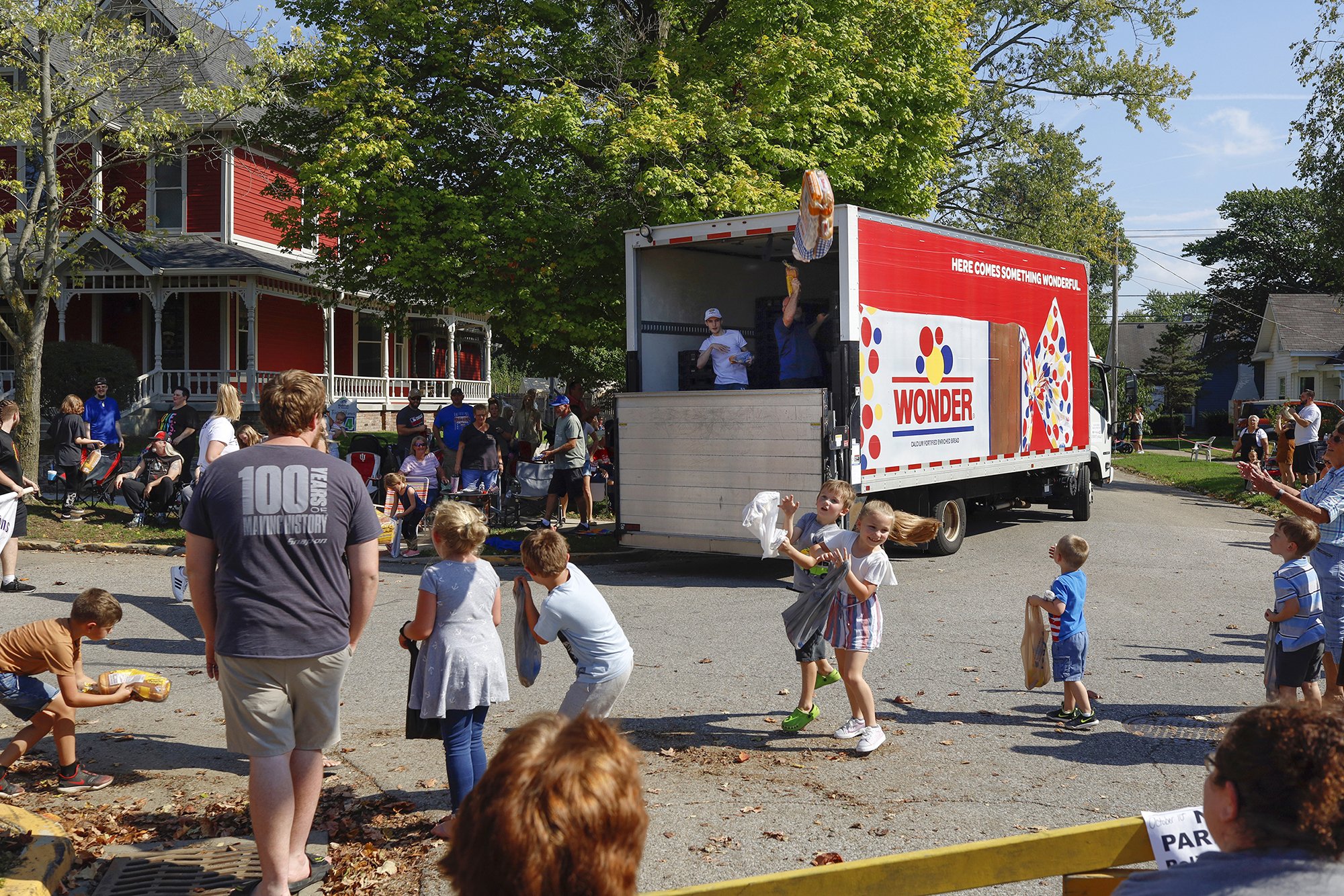
During the parade that follows the Fall Foliage Festival, a Wonder Bread truck accompanied the other floats, tossing loaves of sandwich bread to children and adults alike. The town, with a nearly 95% white population, has long battled rumors of racism fueled by historical incidents as well as misconceptions. “Being from this particular town, it’s kind of like you’re stigimafied, right? Like ‘oh, that Martinsville town, they’re so racist,” says Monica Hutton. “I’ve been told I was racist just because I grew up here. That doesn’t make me racist just because you say it. CRT says we’re all racist.”
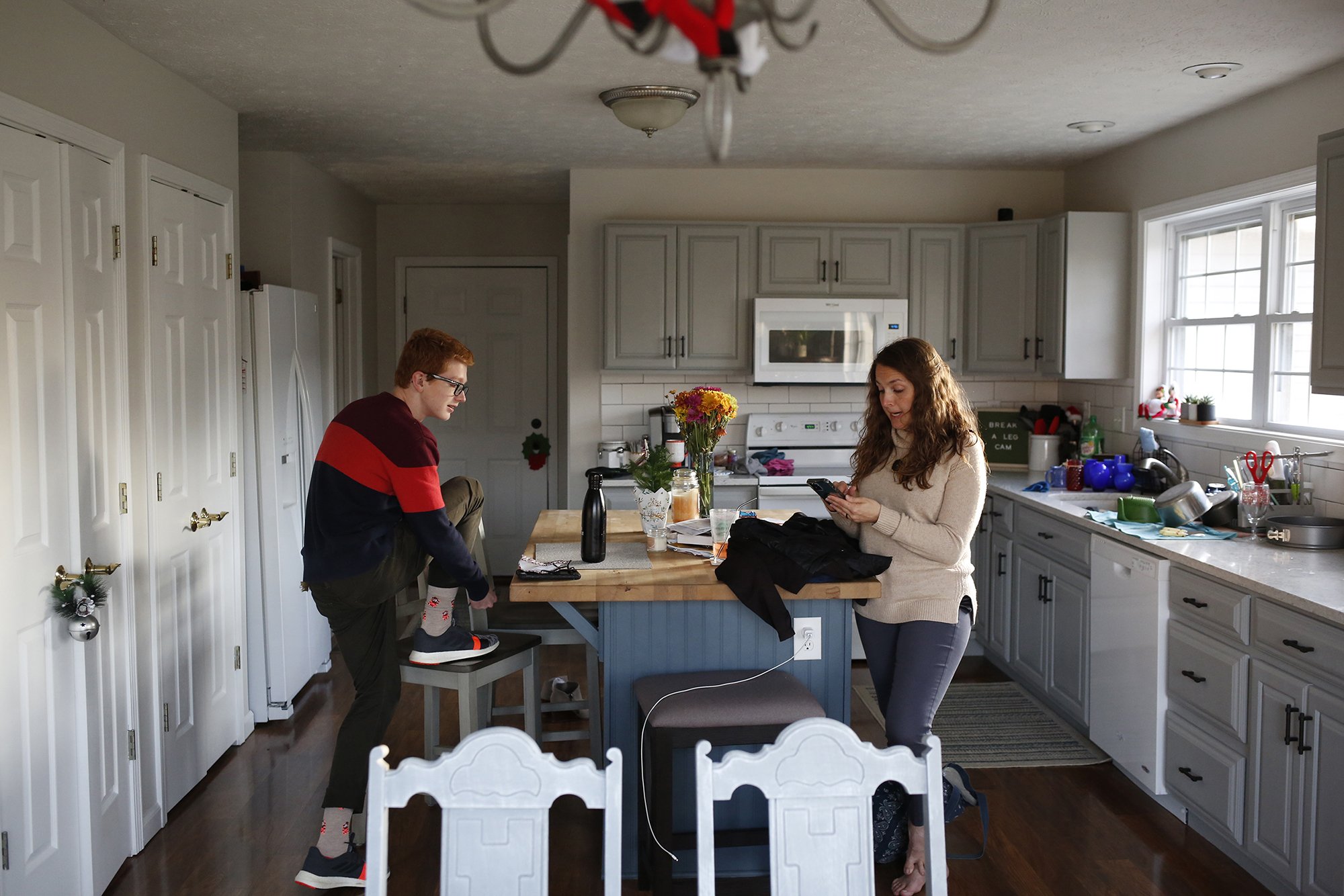
Cameron and his mother Anne Gee get ready to leave their home in suburban Martinsville. Cameron is on the Autism Spectrum and his mother says that he is often misunderstood. She says that helps him identify with other people from historically marginalized groups who Cameron sees as having been misunderstood too. Cameron wants to work as the communications director for a large company one day, so he says it’s important that he understand diversity. “Otherwise I’m not very helpful to my company,” he says, “because a very large population has some form of minority which they’re a part of.”
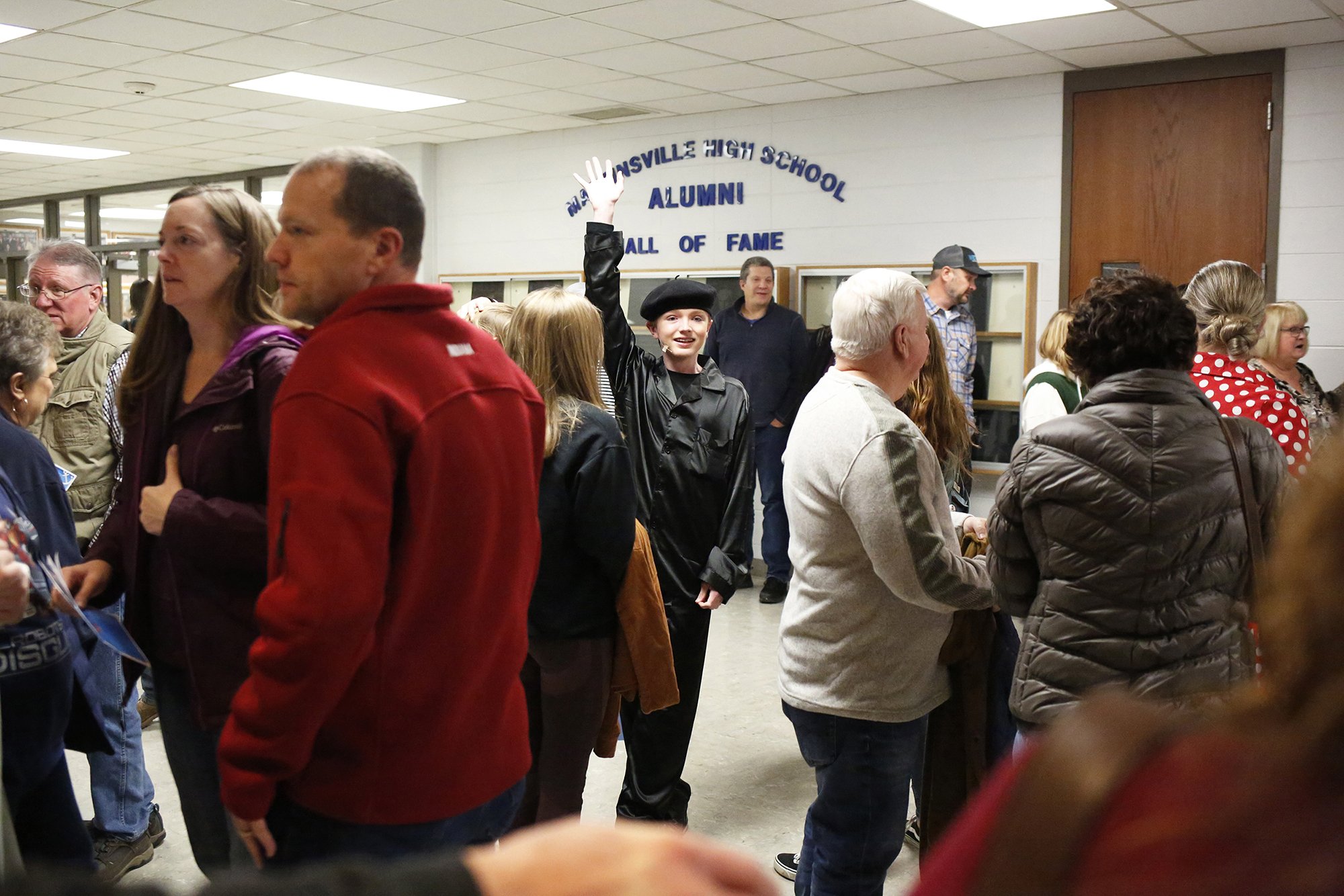
Cameron waves to his mom after his performance in “Anything Goes.” He played a character named Luke, a rewritten version of the original 1934 production’s Ching, a racist caricature of a Chinese man. “Most people were pretty upset that we were doing 'Anything Goes' because of how racist it is,” says Cameron. “It’s wrong that this is how the literature was written, but it’s also wrong to censor it because if we censor it, it just means that it’s going to recopy itself at some point in history because that’s what history does – it likes repeating itself when you do not teach the bad moments.”
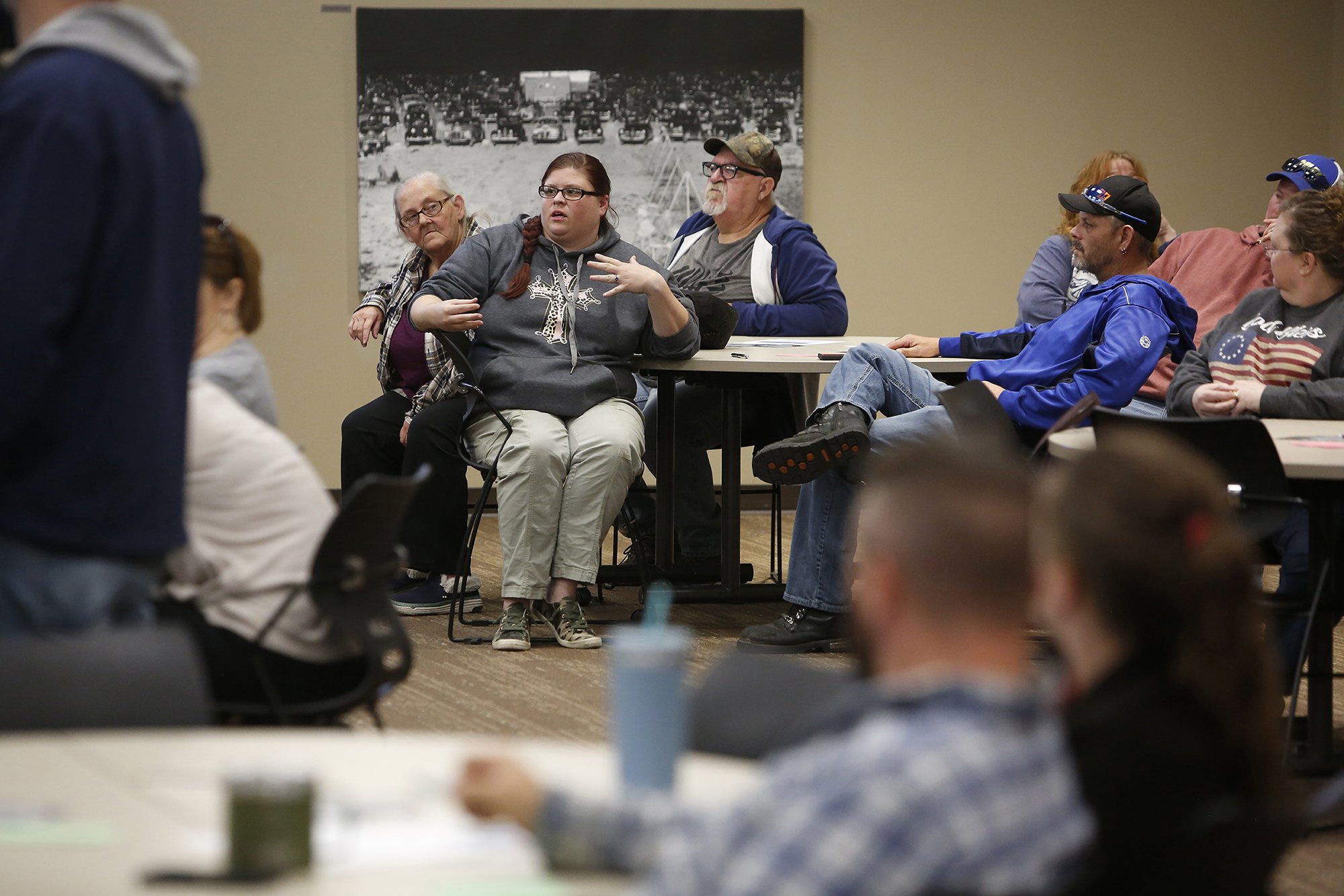
A parent expresses concern over bullying during the first public meeting held by the MCRG. More than 30 people showed up to hear the group's vision for increased parent involvement in the schools, which included ideas about removing objectionable books from the library, installing cameras in classrooms and having parent monitors in halls and even bathrooms. An audience member told Monica Hutton, “I’m an old veteran and I don’t know how to fight this, but I know who does and I think I’m looking at her.” Hutton applied for the job of MSD superintendent in October 2021. She does not have a teaching certificate or superintendent’s license, but her application materials included a letter of support from Suzie Lipps, assistant to the current superintendent. Her application was not selected.
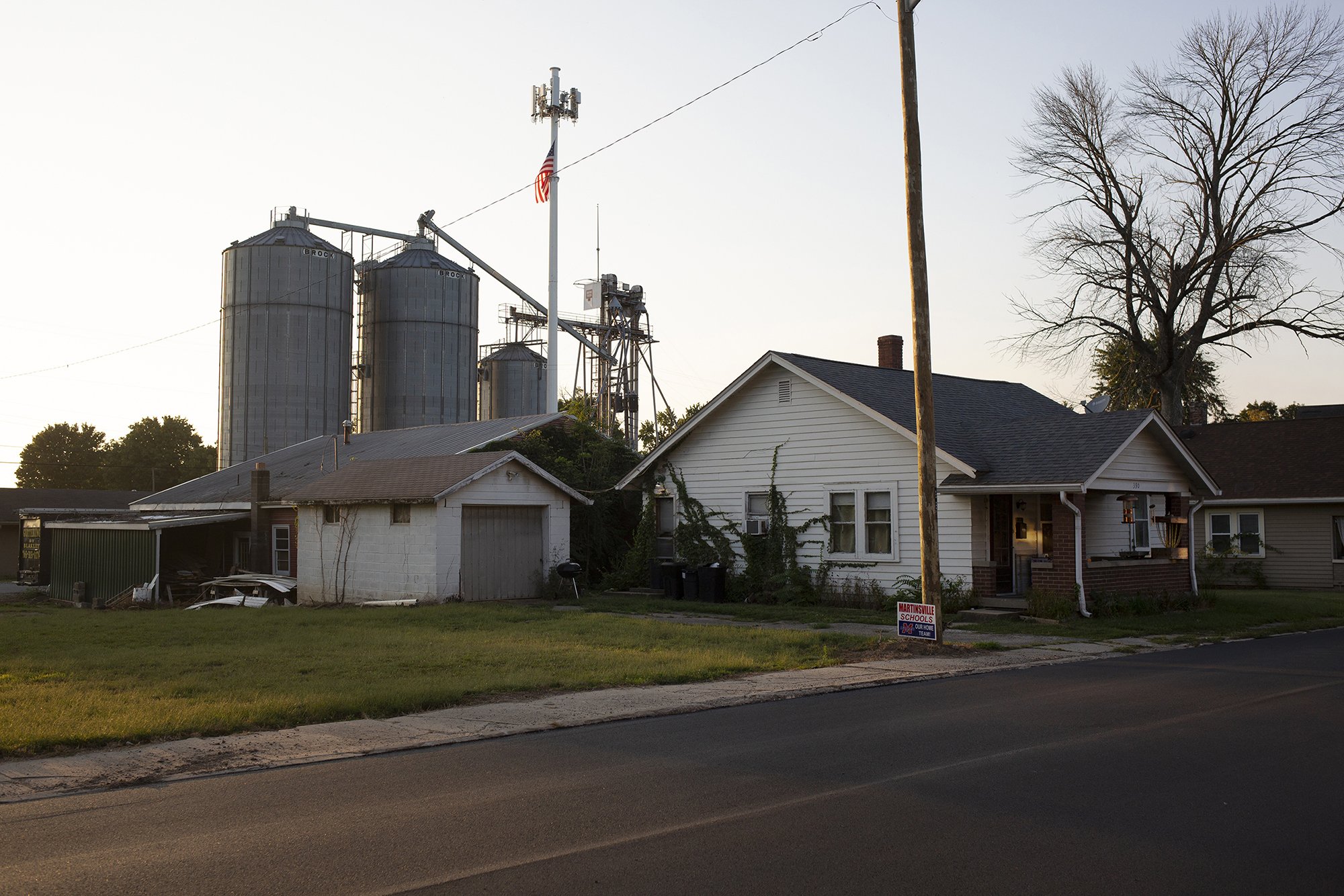
Martinsville’s population has gone from 98.6% white in 2000, to 94.7% in 2020. Construction continues on the i-69 corridor through Martinsville, making the town more accessible to Indianapolis, just 30 miles to the North. New housing developments going up on the outskirts of town could bring new families, with their own ideas about what is taught in Martinsville Schools. For the foreseeable future, however, the debate over the contents of a public education will continue in Indiana, the Crossroads of America.
This work was part of a project I worked on for the IndyStar with fellow IU student journalists Mary Claire Molloy and Helen Rummel. See the finished project at the IndyStar’s website.